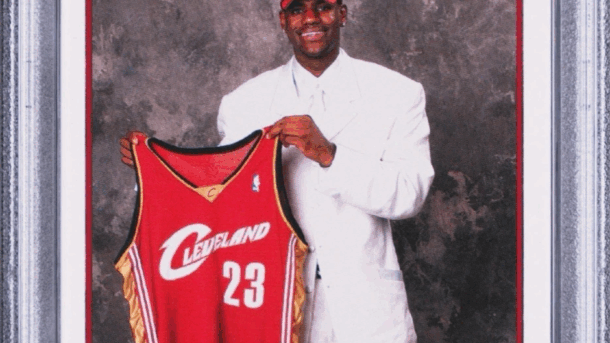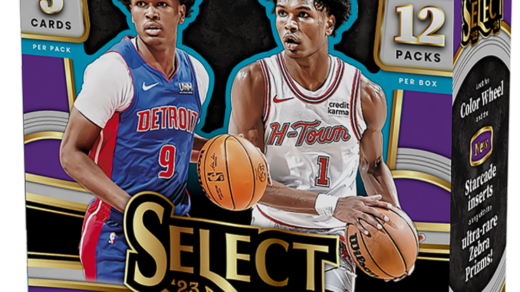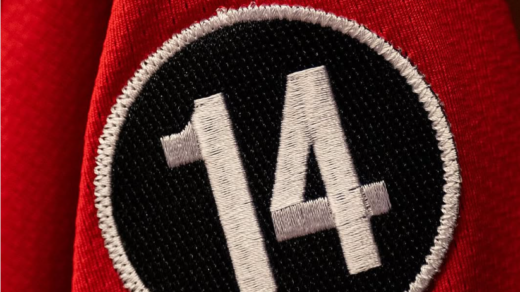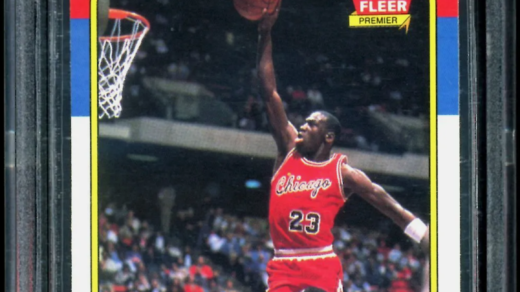In the universe of trading cards, few items possess the gravitational pull quite like the 2003 Topps LeBron James rookie card, #221. Cherished with a mix of nostalgia and investment potential, this card manages to straddle the line between the tangibility of classic paper and the allure of more contemporary chrome design. It’s more than just a card; it’s nearly a rite of passage for collectors diving back into the world of sport memorabilia. If you’ve been away from the scene and find yourself wondering where to dive back in, the simple answer many friends will give you is this: start with LeBron’s 2003 Topps rookie card.
In an alley crowded with flashier and more exotic LeBron rookies (chrome refractors, anyone?), the Topps base card is the cornerstone that never budges. Its moderate supply ensures that even those beginning the chase can do so without feeling overwhelmed by scarcity, and yet, its popularity ensures that pristine versions of the card quickly find new homes. As we approach mid-2025, the market has reflected this steady enthusiasm. Recent eBay auctions for PSA 10 graded cards have held strong at prices ranging between $2,000 and $2,100. These figures may occasionally waver—peaking on August 18—but remain one of the clearest comp bands for any rookie card of its visibility and stature.
Step a little further back, and the floor appears impressively robust. Late August sales showed the PSA 10 versions edging upward to $2,531, echoing a subtle yet consistent upwards trajectory since spring—nothing hysterical, simply a steady rhythm fueled by genuine volume.
Topps expanded their offering beyond just the base with distinct variants such as the Black Border parallel, capped at 500 copies, and the ultra-scarce Gold parallel, limited to 99 copies. Not to forget, the First Edition with its special stamp provides scarcity without plunging into the serialized world. Together with the flagship base, these iterations continually dominate discussions and feature prominently in price analysis tools and checklists.
The Topps Collection variation—almost a whimsical cousin to the factory set—presents an alternate photo and often finds itself trailing the base in value. However, it offers set builders a chance to stay within the confines of the original while taking a slight deviation, adding an appealing twist to the collection experience.
Grading ins and outs further shape the discourse. The PSA 10 of this card enjoys a healthy population, trading more like a stable blue-chip than a niche rarity. However, the value and psychological gap between a PSA 9 and 10 is significant. Those easing in might be tempted to explore in raw condition, which typically floats around the $250–$300 mark, whereas PSA 9 versions sit comfortably in the $400s. Here, centering and surface imperfections mean much, putting a greater emphasis on detailed photographs and credible seller feedback over sheer fervor.
For those devoted to numbers, the strategy is straightforward: keep an eye on prime time eBay auctions for PSA 10s. Anticipate most sales to nestle firmly in the $2,000–$2,100 range, with occasional surges driven by determined, dueling bidders. The card serves as an excellent case study for industry dynamics, courtesy of its deep liquidity and never-wavering audience.
The grand debate of paper versus chrome doesn’t relent with this iconic rookie class. While chrome refractors flaunt their peacock feathers, it’s the paper Topps base that fills the annals of collector memories, from binders to starter stacks in retail aisles. You aren’t forced into one camp, but the paper version, with its rich narrative, tells a broader story of the hobby transitioning through different eras. Historical guides have made it clear: the Topps paper is a must-have on any LeBron checklist.
Focus a moment on card centering—specifically its white borders, notorious for exposing even the slightest misalignment. The Black Border variant, in particular, amplifies tiny edge nicks into loud blemishes. Such challenges make immaculate corners and sincere edges more vital than ever, giving a PSA 10 that rare electric appeal when every point feels truly earned.
Collecting paths are plenty and kind to diverse budgets. A PSA 9 offers the flagship look at around half the gem mint price while maintaining an ease of resale. A well-centered raw card can be a gratifying grading project. And for those drawn to rarity, the First Edition offers the challenge of scarcity without the hefty premiums of the Black and Gold.
Fans rejoice in the fact you can still get lucky and pull one. Our curated Galaxy Rip Packs, every now and then, pack a delightful surprise like the 2003 Topps LeBron, keeping the chase lively without slipping into fanciful indulgence. And that “pop” of success when one is finally unearthed—priceless.
Here in 2025, the appeal of the 2003 Topps LeBron James rookie card doesn’t need the gloss of hype; its momentum is intact. A quick glance at recent sales and deeper insights into its placement in a checklist reveal why this card satisfies such a comprehensive range of collectors. Whether you find yourself clinging to it for the long run, bartering at your third trade show, or attempting to land one through a lucky pull, the steadfast reliability of this basketball card cannot be overstated. And should your collecting journey veer towards those illustrious siblings—numbered Black and Gold or the First Edition—you’re still tethered to the same magnetic core that holds the hobby world in its timeless orbit.




